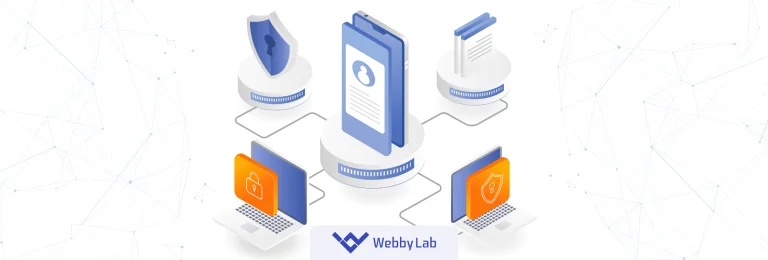Smart Home Automation with IoT: A Comprehensive Guide
Written by:

Kostiantyn Oliynyk
Head of IoT at Webbylab
With a robust academic background in Telecommunication Systems Engineering, I apply my knowledge to lead innovations in the IoT domain. Starting as the first team member in the newly formed IoT department at WebbyLab, I've spearheaded its growth, fostering the expansion into embedded and hardware development alongside our core software projects. My dedication lies in pushing the boundaries of IoT technology, fostering a culture of innovation and excellence that profoundly impacts our clients' operational success.
A smart thermostat may be one of the real-life ideas for a home automation using IoT project. This device learns the users’ temperature preferences and adjusts the heating and cooling systems accordingly. As a result, it provides energy savings and improved comfort.
There are many smart home automation benefits, but here are five common ones:
- Increased convenience through the automation of various home devices and systems.
- Improved energy efficiency and cost savings by leveraging smart lighting, thermostats, and other devices.
- Enhanced security and safety through IoT-based security cameras, locks, and sensors.
- Remote monitoring and control of home devices and systems through mobile apps or voice commands.
- Increased home value and appeal to potential buyers as smart home technology becomes more popular.
Smart devices help automate various tasks to simplify their users’ daily lives. By developing a smart home automation system using IoT, you can create a connected ecosystem where all devices work in harmony for an enhanced living experience. These gadgets can provide greater convenience, optimize energy usage, and increase home security. They may also offer practical features like wireless/remote control, voice assistants, and health tracking.
IoT in smart homes means using wired or wireless sensor networks and connected devices that communicate via Wi-Fi, Bluetooth, Zigbee, or Z-Wave to automate daily household tasks.
Think smart thermostats (Nest, Ecobee), voice assistants (Alexa, Google Assistant), IoT home security systems USA (Ring, Arlo), and smart lighting (Philips Hue). These devices make life easier, safer, and more energy-efficient, often working with AI-driven platforms.
The cost of home automation in the USA depends on the level of automation required. There are both affordable smart home solutions for American households and more costly options:
- Basic setup ($200–$500). Includes smart speakers (Alexa, Google Nest), smart plugs, and a few smart bulbs.
- Mid-range ($500–$2,500). Combines smart thermostats, video doorbells, security cameras, and automated lighting.
- Full smart home ($3,000+). Encompasses whole-home security systems, smart locks, multi-room lighting, connected appliances, and energy management solutions.
Costs also depend on whether a professional installation is required. For example, high-end systems like Control4 or Crestron can exceed $10,000.
Absolutely! Devices like video doorbells (Ring, Nest), smart locks (August, Yale), and AI-powered cameras (Arlo, Wyze) offer real-time alerts, remote monitoring, and motion detection. Many even connect to emergency services for 24/7 protection. Whether you’re home or away, IoT keeps your space secure.

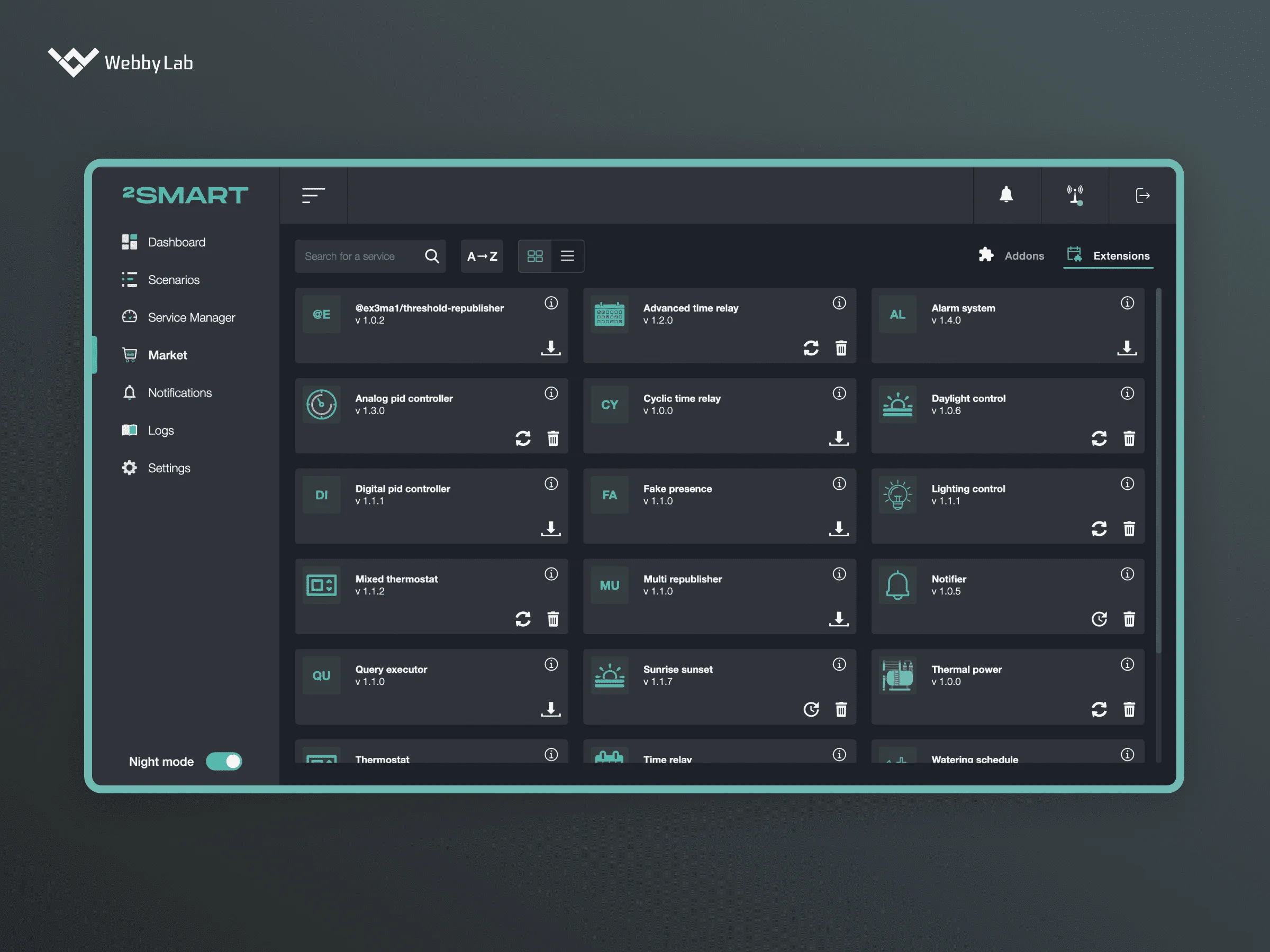
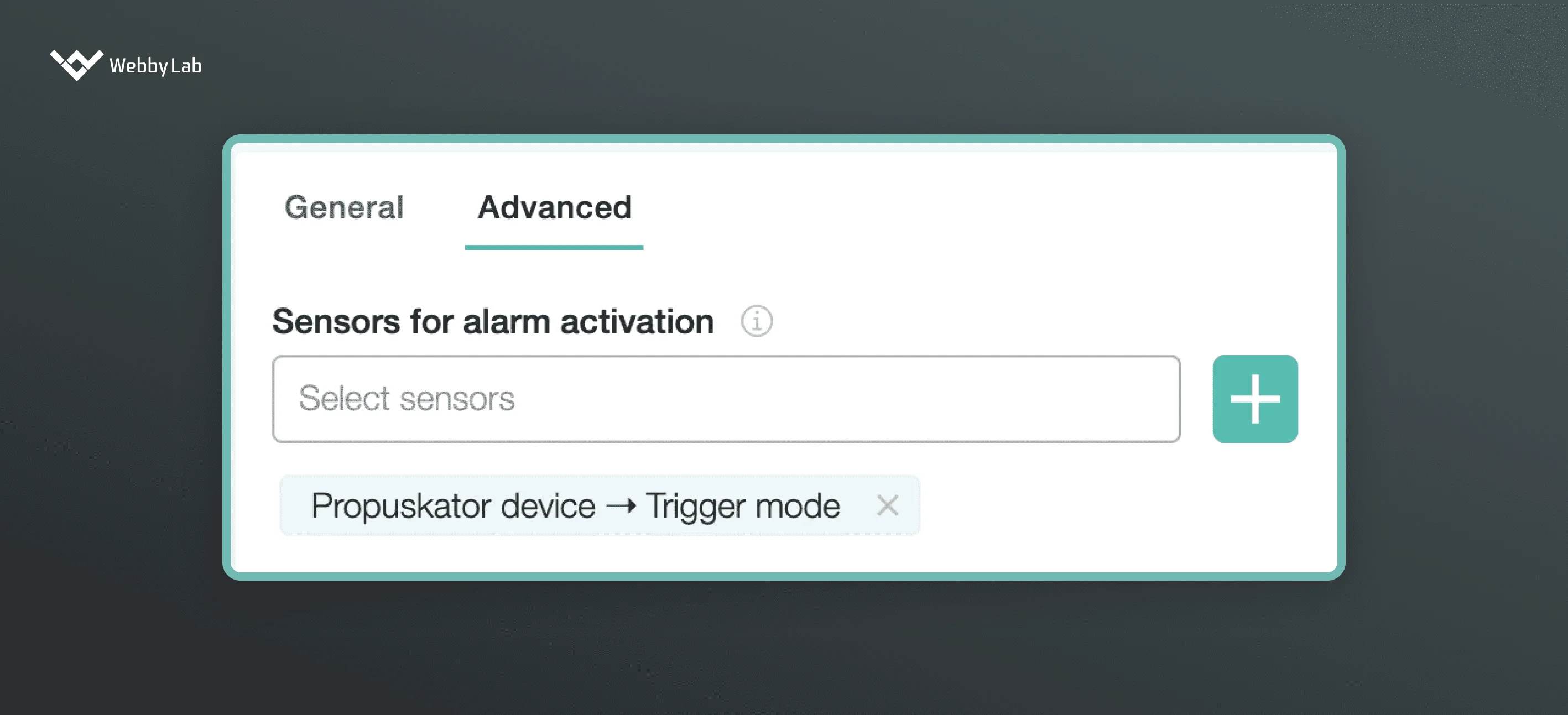
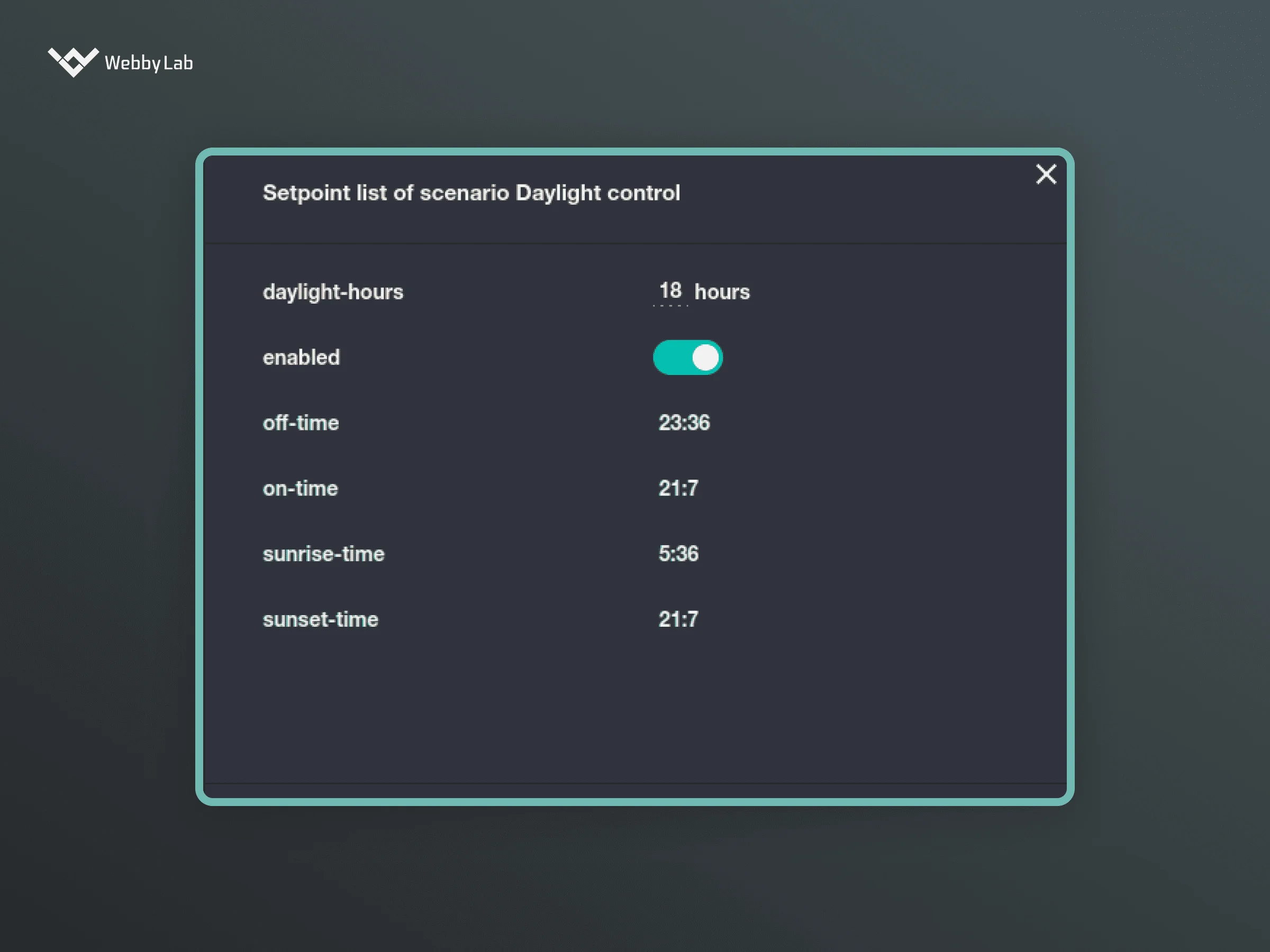
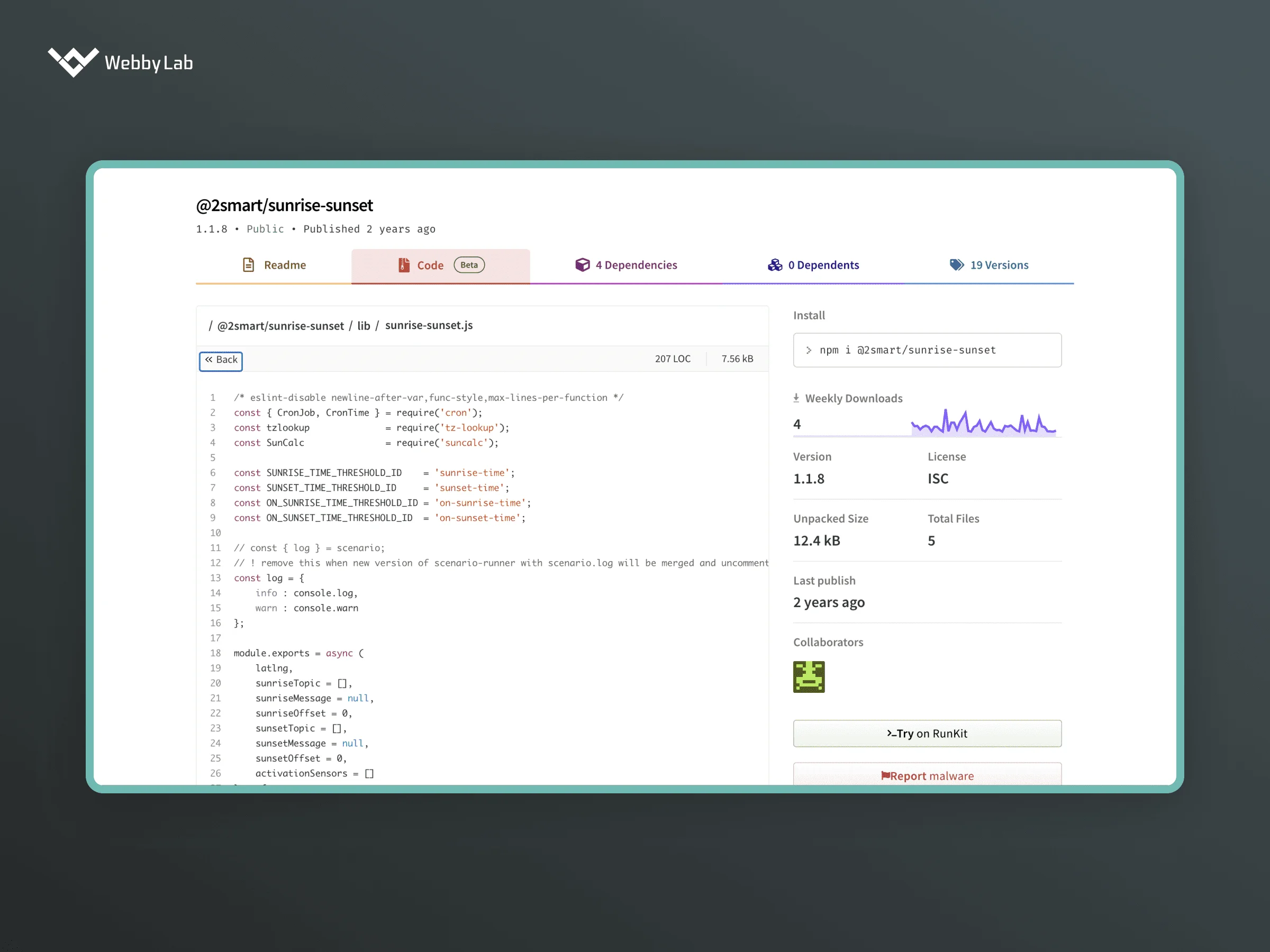
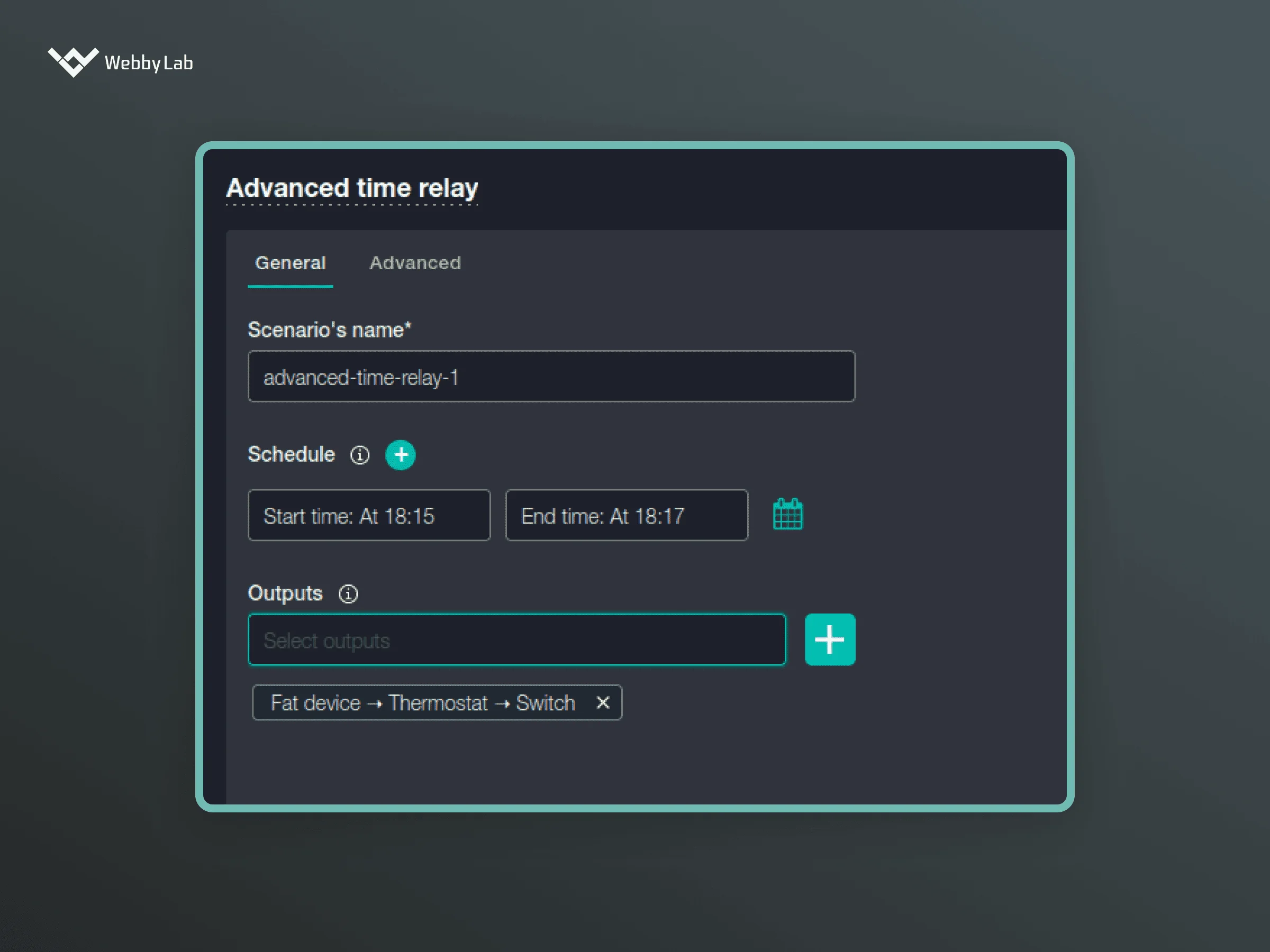
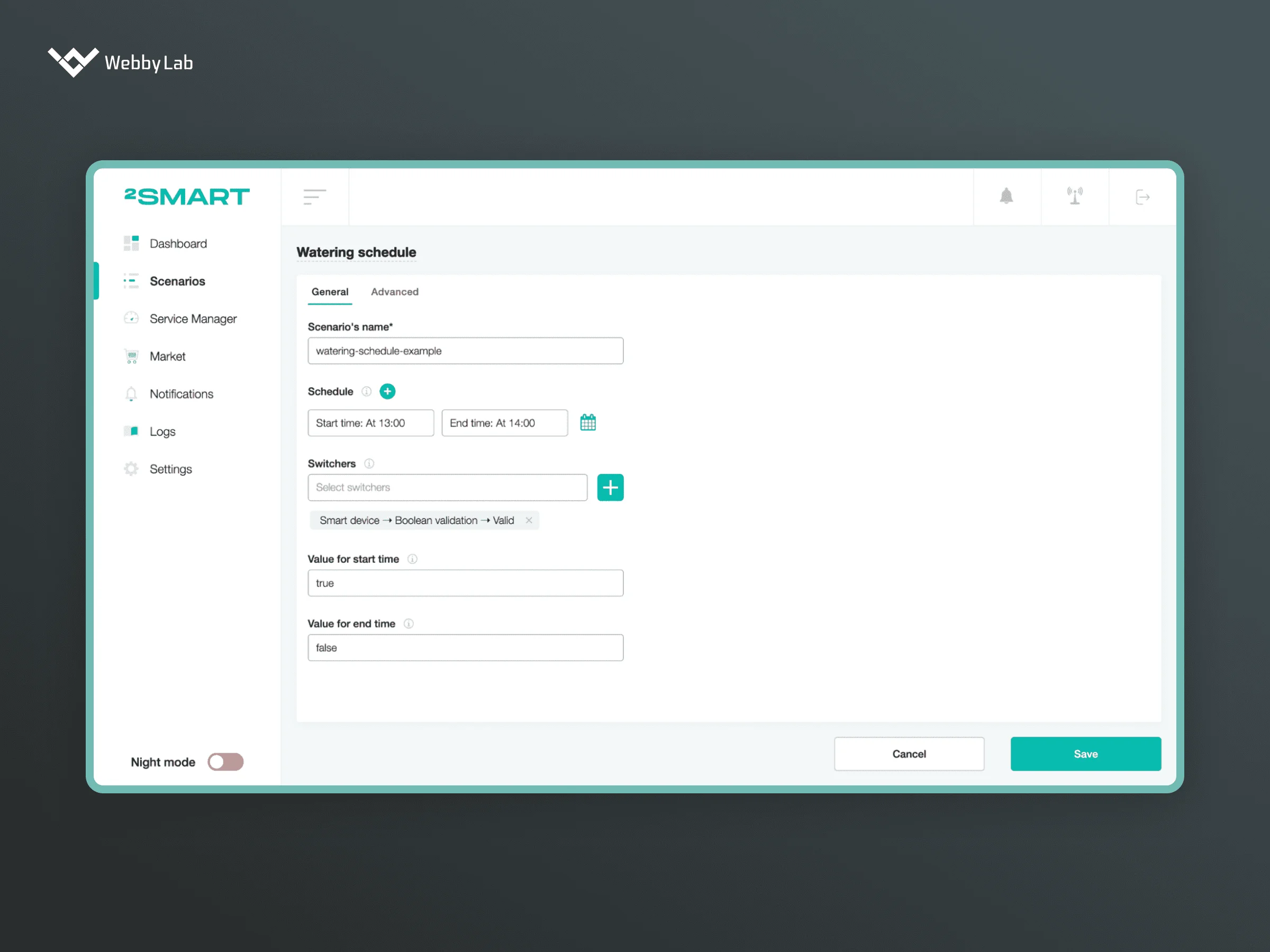
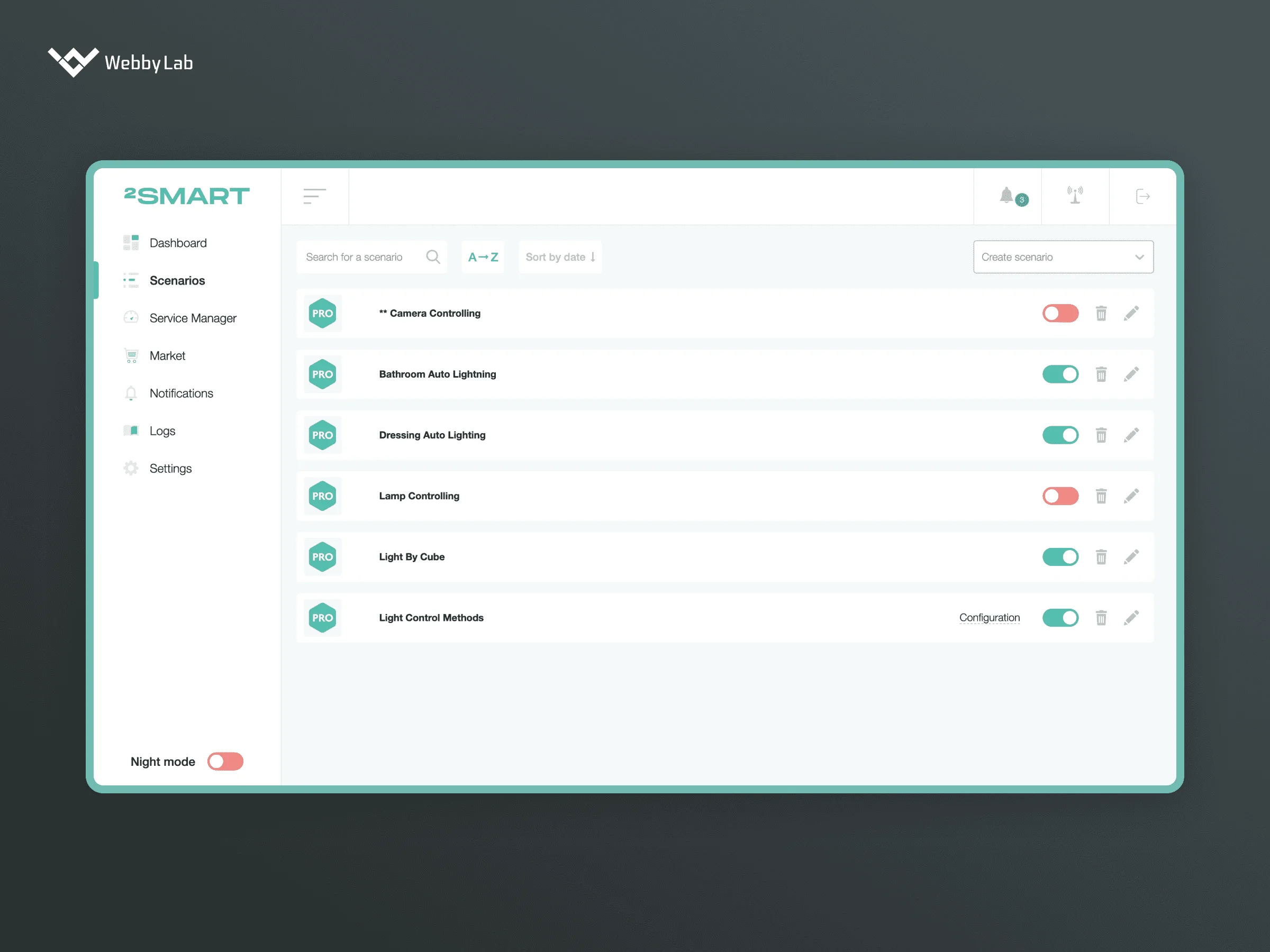
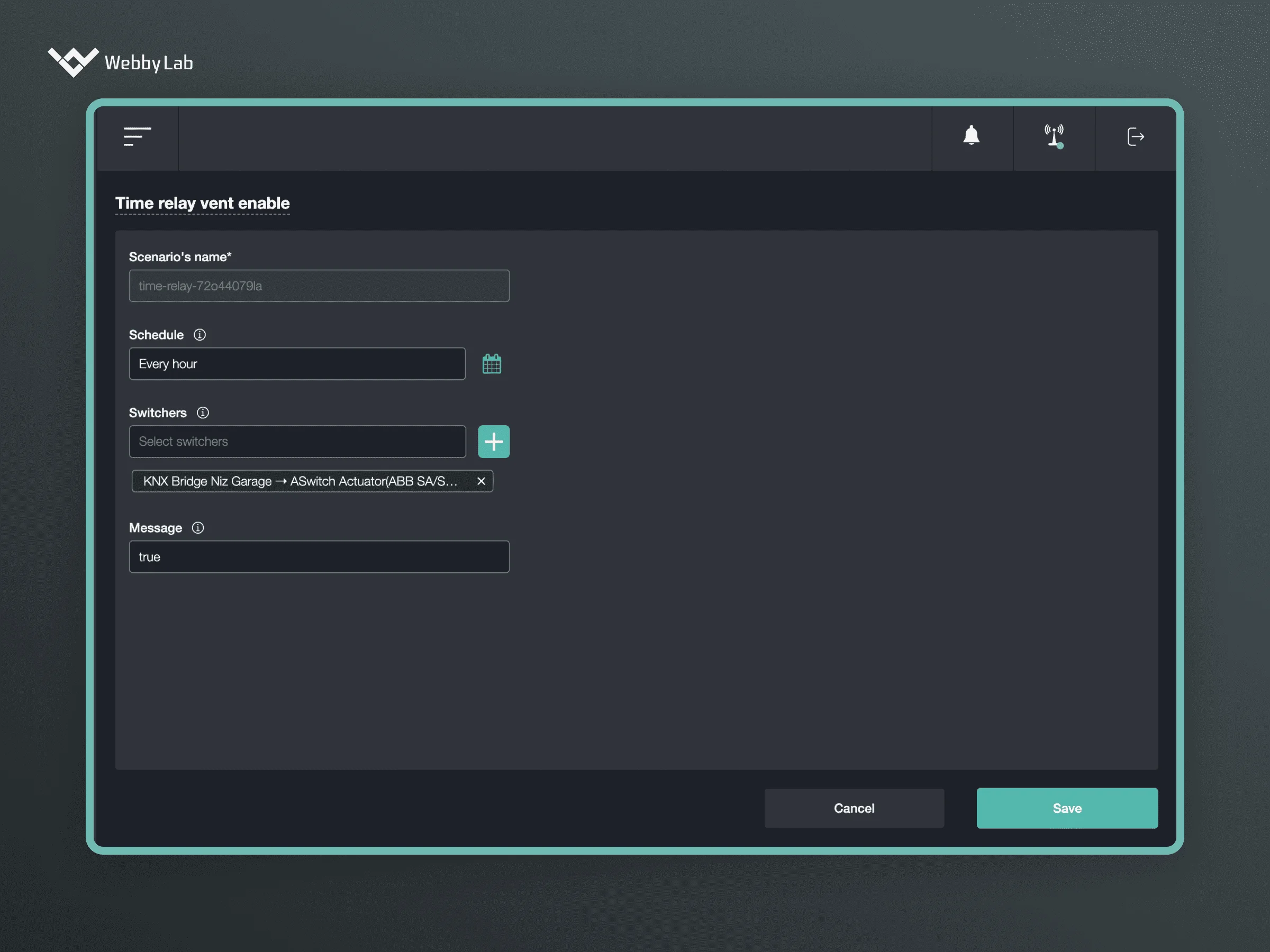






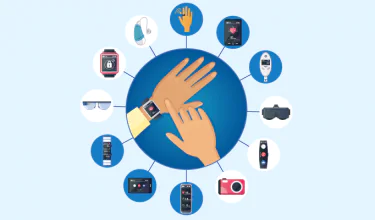

![IoT Product Development [Explained]: 9 Steps to Production](https://webbylab.com/wp-content/webp-express/webp-images/uploads/2024/10/upload_671fa7a3c3f6f-768x260.png.webp)


